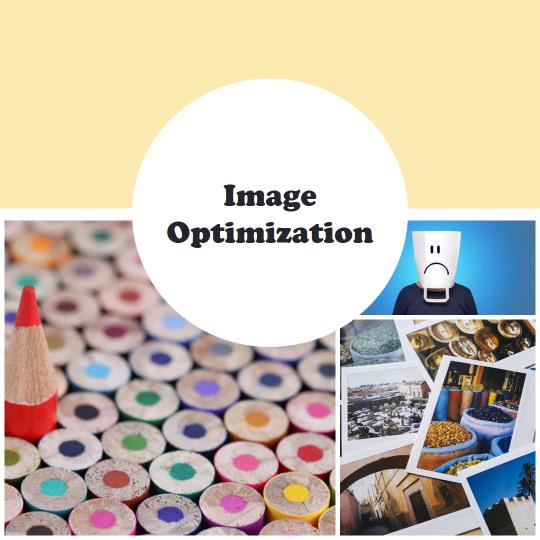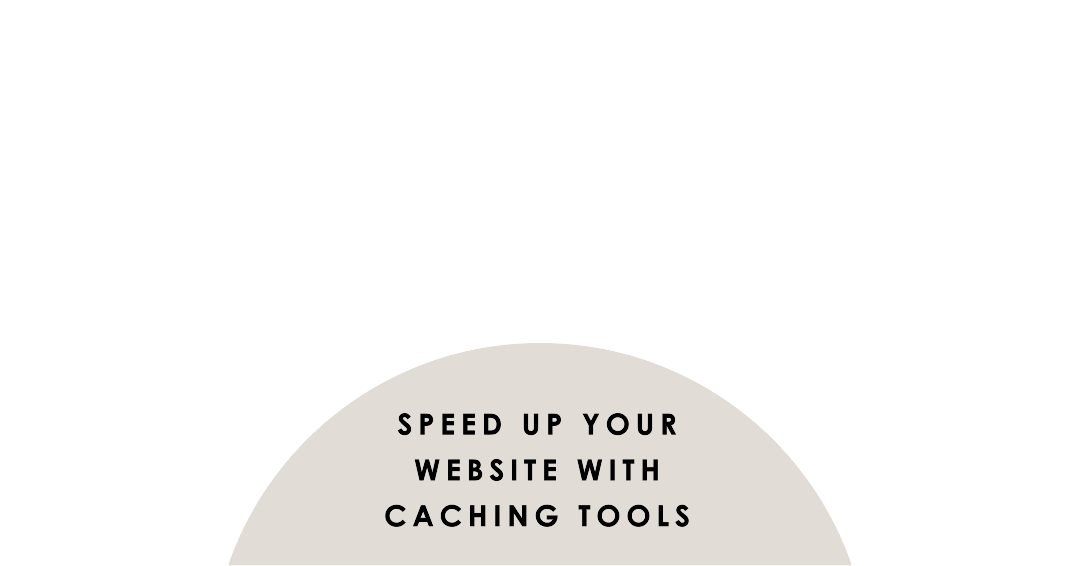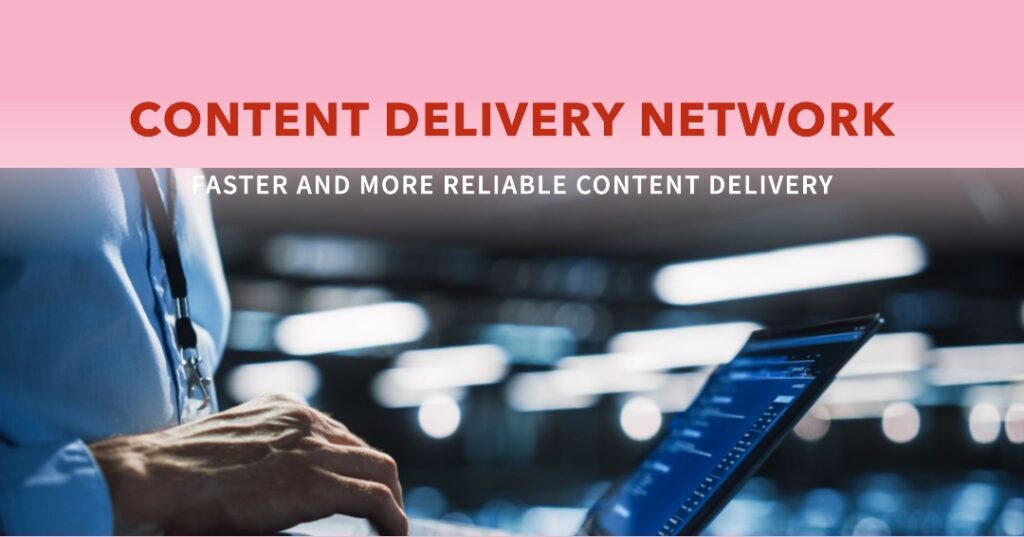WordPress is a popular content management system (CMS) used by millions of websites around the world. However, one common issue that many WordPress site owners face is slow load times. A slow site can lead to lost traffic, decreased conversions, and a poor user experience. Fortunately, there are several steps you can take to optimize your WordPress site for speed.
Table:
The first step in optimizing your WordPress site for speed is to choose a fast hosting provider. A good hosting provider will have fast servers, good uptime, and excellent support. Look for a provider that specializes in WordPress hosting and offers features like caching and content delivery networks (CDNs) to help speed up your site.
The next step is to choose a lightweight theme. A theme that is heavy on graphics, animations, and other features can slow down your site. Look for a theme that is optimized for speed and is lightweight. There are many great free and premium themes available that are designed for speed.

Images are often the largest files on a web page, and they can slow down your site. To optimize your images, use a compression tool like Smush or TinyPNG to reduce the file size without compromising image quality. Also, be sure to choose the right file format. JPEGs are best for photos, while PNGs are better for graphics with transparent backgrounds.
A caching plugin can significantly speed up your WordPress site by storing frequently accessed data in a cache. This means that the server doesn’t have to generate the same content every time a user visits the site. There are many great caching plugins available for WordPress, including WP Rocket, W3 Total Cache, and WP Super Cache.

Every time a user visits a web page, their browser sends HTTP requests to the server to download all the necessary files. Minimizing these requests can help speed up your site. To do this, reduce the number of plugins and scripts on your site, use a lightweight theme, and compress your files using Gzip compression.

A CDN can help speed up your WordPress site by caching your content on servers located around the world. When a user visits your site, the CDN will serve the content from the server closest to them, reducing latency and load times. There are many great CDN services available, including Cloudflare, MaxCDN, and Amazon CloudFront.
External scripts like Google Analytics, Facebook Pixel, and other tracking codes can slow down your site. To minimize their impact, use a plugin like Google Tag Manager to manage your scripts and load them asynchronously.
Unused plugins and themes can slow down your WordPress site by adding unnecessary code and scripts. To optimize your site, remove any plugins and themes that you’re not using. Also, make sure to keep your plugins and themes up to date to ensure that they’re not causing any compatibility issues.
Optimizing your WordPress database can help improve the speed of your site. To do this, use a plugin like WP-Optimize or WP-Sweep to remove any unnecessary data like post revisions, spam comments, and other junk files. This can help reduce the size of your database and improve your site’s performance.
Finally, it’s important to monitor your site speed regularly. Use a tool like Google PageSpeed Insights or GTmetrix to check your site’s speed and identify any issues that need to be addressed. By monitoring your site speed, you can catch any issues early and take steps to improve the performance of your site.
In conclusion, optimizing your WordPress site for speed is crucial for ensuring a great user experience and driving traffic and conversions. By following these tips and tricks, you can improve the performance of your site and keep your visitors coming back for more.